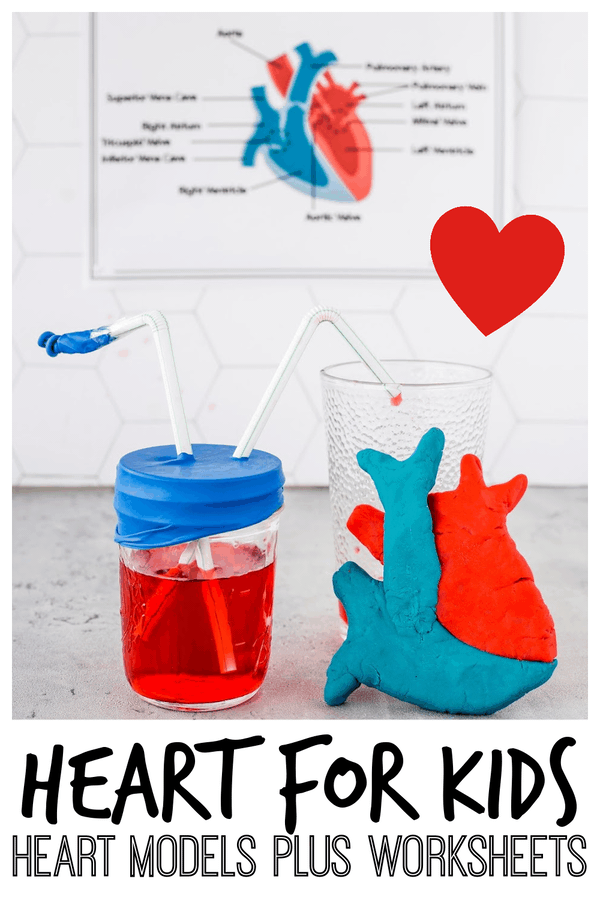Children will figure outwhat is less dense than waterand they explore this scientific principle!
Density is a measure of how close together these pieces are.
If they are close together, the object is dense.

If the pieces are far apart, the object is less dense as their is more space for air.
The best way to understanddensity for kidsis to try a hands-ondensity experiment for kids.
In this hands-on, easy science experiment for kids, children will discoverwhat floats in water.

Use thiswhat is less dense than waterproject with preschoolers, kindergartners, grade 1, and grade 2 students.
Thedensityof the gold is higher than the feathers.
Basically,density is how compact an object is.
and fill them with different things so that they will have different weights.
Youve GOT to try some of theseoutrageously funscience experiments for kids!
We have so many fun, creative and easy science experiments for elementary age children:



























